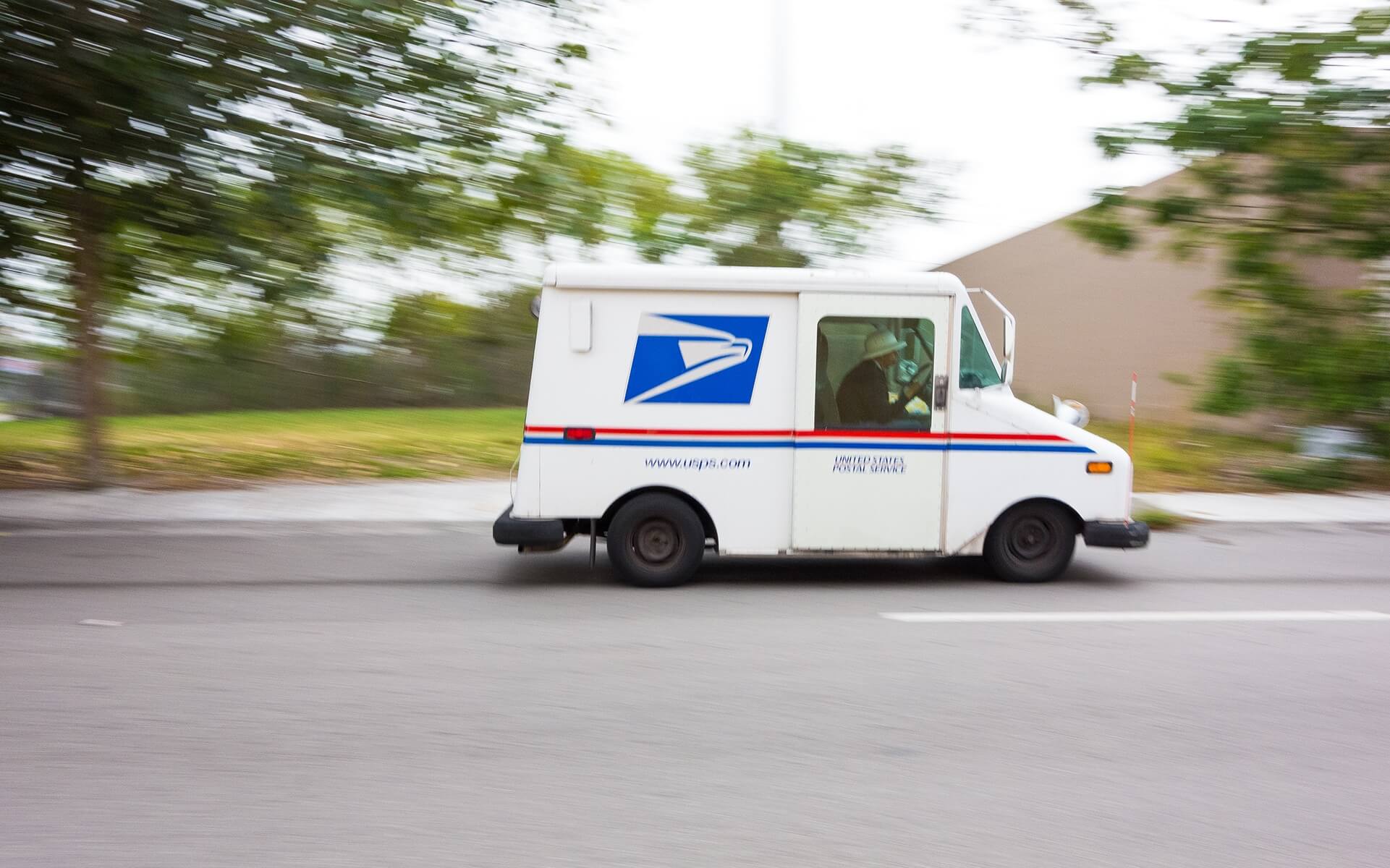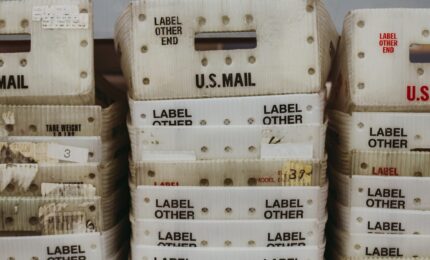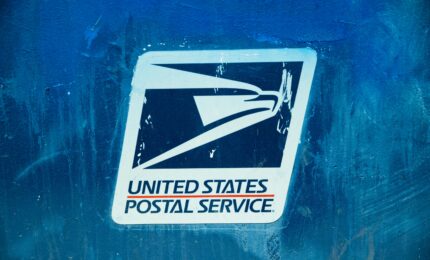How to Optimize Your USPS Mail Delivery Times
By Paul Bobnak | June 18, 2018

Editor’s Note: This post was originally published in June 2018 and has been updated for accuracy and comprehensiveness as of November 2021.
In planning your campaigns, it’s crucial to think about your USPS mail delivery times.
Time is money, after all. If your direct mail campaigns aren’t reaching your customers when they’re supposed to, you’re risking your investment in planning, printing, and mailing. For omnichannel campaigns, speed-to-market is a key part of being competitive and successful. Predictability is also good for scheduling staffing and preparing inventory, among other things.
Now, a lot depends on the USPS. As a universal service that delivers 173.1 million pieces of First Class mail a day – not to mention the other classes – something has to give. We saw that happen during the first few months of the pandemic, when on-time performance slipped before recovering after a few months.
To improve the predictability of service, in October 2021, USPS adopted new service standards for delivery of some First Class and periodical mail. For 39% of First Class mail, for example, the mail delivery times expanded from the current 1-3 days, to 1-5 days. It could be longer for Alaska, Hawaii, Puerto Rico, and other territories. Single-piece First Class mail traveling within the same region will still have a delivery time of 2 days.
Maybe you have some concerns about deliverability, such as:
- How fast can I get a campaign in the mail?
- What if my mail is time-sensitive?
- What times of year present the most challenges to my in-home dates?
To answer these and other questions, you’ll have to consider and carefully weigh quite a few factors. Together, you and your printer can balance the advantages of each one to best suit your mail campaign.
4 Ways to Optimize Your Mail Delivery Times
Here’s how you can be in control and ensure that your direct mail gets delivered on time by the U.S. Postal Service.
1. Plan Early & Start With Your Data
Mail delivery times don’t work like digital. It’s not just a few clicks and you’re done. Direct mail involves multiple varied steps and more moving parts – some that literally move – that have to be a part of your planning.
At a minimum, you should put together a realistic mailing schedule that takes into account client approvals, production schedules, weather, supply chain challenges, and other issues.
One of your earliest and easiest steps is to nail down your data.
We can’t say it often enough: using the most up-to-date data is absolutely critical to the deliverability of your campaign. If your mailing lists are old, incomplete, or contain duplicates, you will waste money and time mailing them.
Fortunately for everybody, USPS has several preprocessing address file tools to supplement commercial list hygiene solutions that are available.
Some examples are:
- Coding Accuracy Support System (CASS) – certification to verify and standardize your addresses
- National Change of Address (NCOA) – use every 95 days to catch any new movers
And bonus! They’ll also make you eligible for automation discounts.
2. Know Your Timetable
Everybody wants to save money with their mail, right? But can you afford delays to your mail delivery times?
That’s the dilemma you face when deciding which mail class to use for your campaign. USPS Marketing Mail allows you to mail at a lower postage rate than First Class. But in-home dates are later as First Class mail must be processed first. During times of high volume, Marketing Mail may sit – even past service standards target dates – until there’s time and resources to deliver it. Be sure to build a buffer day or two into your schedule regardless of your mailing class.
The same goes if you opt for a workshare method like commingling or co-palletization. It’s an option that saves you money but may also mean waiting a while before the mail goes out for delivery. On the other hand, presorting your campaign into the USPS-required sequence helps speed the campaign’s mail entry into the postal system.
Another time-saver is drop shipping mail directly into the postal system at a Network Distribution Center (NDC) or Sectional Center Facility (SCF). Especially for time-sensitive mailings, it shaves a few days from starting at a local entry point.
Transporting your mail for USPS acceptance and entry near the delivery addresses on the pieces also saves you money due to discount rates. And it results in improved performance and more reliable predictability. Depending on your per-piece cost, the transportation costs involved may still make drop shipping worthwhile compared to moving to First Class, and without sacrificing your delivery timeline.
3. Mail the Right Format
Your mail has to comply with USPS regulations in order to get through its processing equipment. Normally, that isn’t a problem if you’re mailing standard envelope, postcard, and folded self-mailer formats.
But if you want to try a very different kind of mailpiece, talk to your printer first. They’ll know all about the right size, weight, postage, tabbing, and folding requirements to pass muster.
Having a strong relationship with the post office also helps, such as in-house USPS verification. Working together goes a long way in preventing any headaches because of design or mailing questions. Using or adding an envelope converting or printing capability rather than outsourcing will likely take several days off the timeline of your print job and help it meet your mail delivery times even faster.
4. Track Your Mail
Intelligent Mail barcode (IMb) scan data is the best way to know how mail is performing in the USPS system. Among other things, it gives you a view of how quickly each postal facility handles your mail. With this data in hand, you can raise any issues that come up with local officials as well as Postal Customer Council (PCC) representatives.
Keep in mind, however, that delays at the SCF or NDC level may not always occur because of the problems at the facility. In-home mail delivery times may be affected by seasonal changes in volume. From October through December, mail and package volume typically rises well above the average from holiday, campaign, and election-related mail. Regardless of whether you’re mailing First Class or Marketing Mail, your delivery dates may miss the service standards window by several days.
Wrapping it up
At mailing.com, we help you craft predictable and accurate campaigns that meet your goals as well as mail delivery times. Our data and mailing services teams have the experience and tools to get your mail into customers’ homes as quickly as possible. Please contact us to set up a consultation. We’d love to hear from you!


